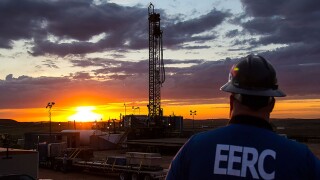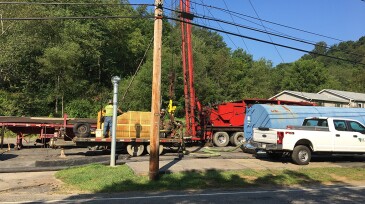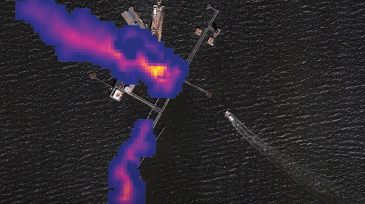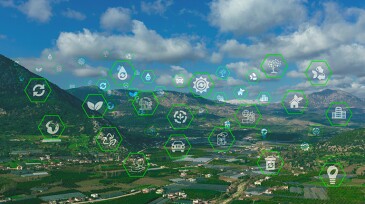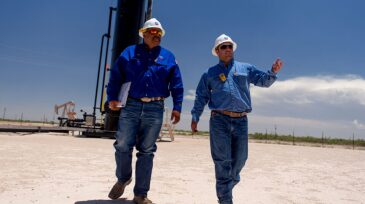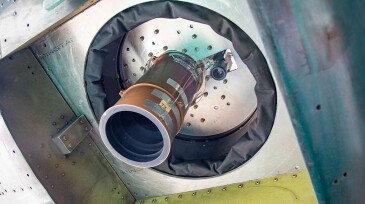Emission management
Growing energy transition investment highlights oil and gas technologies as key enablers.
EERC CEO Charles Gorecki outlines how applied research in North Dakota is helping improve oil recovery, reduce emissions, and advance carbon storage.
A newly formed global coalition, Carbon Measures, aims to develop a ledger-based carbon accounting framework and champion market-based solutions to drive emissions reduction.
-
In the search for leaks, more oil and gas companies are making the argument that ground-based inspections cannot compete with aerial surveys.
-
Bob Pearson shares his thoughts on the repurposing or abandonment and decommissioning of wells that are unlikely to be repurposed or pose an environmental risk with emissions into the atmosphere or aquifers.
-
SPE has established three new technical sections—the Management Technical Section, the Methane Emissions Management Technical Section, and the Data Science & Engineering Analytics Technical Section.
-
The new-generation FPSO will minimize emissions with carbon capture and reinjection as well as energy-recovery capabilities.
-
Airborne emissions surveys of offshore oil and gas facilities are not as common as those done onshore. A recent study suggests that needs to change.
-
The assumption of lower emissions from natural gas only holds true when the methane leaks and flaring are addressed. Mitigation of methane emissions offers an opportunity for the oil and gas industry to drastically reduce overall emissions that are typically reported on a CO2-equivalent basis. Some producers opt to showcase their good performance via voluntary certifi…
-
Chevron assets in Texas and Colorado have earned high marks for control of methane emissions under a pilot program with Project Canary, paving the way for its sale of responsibly sourced gas.
-
An emissions-reduction study conducted for a Middle East operator identified potential annual savings of $10 million–$15 million, a 20% decrease in total Scope 1 CO2eq emissions, and 10 MW of energy reduction and delivered more than 100 recommendations for both technical and internal framework improvements.
-
The suite of tools includes a digital platform for sharing emissions data, an agreed set of definitions that nails down what different terms mean, a single set of metadata definitions, and an API through which users can access data. When used together, these tools provide an integrated perspective on what emissions are coming from where.
-
A trio of new satellites that use infrared sensor technology are now flying around the Earth at a speed faster than 4 miles per second.


